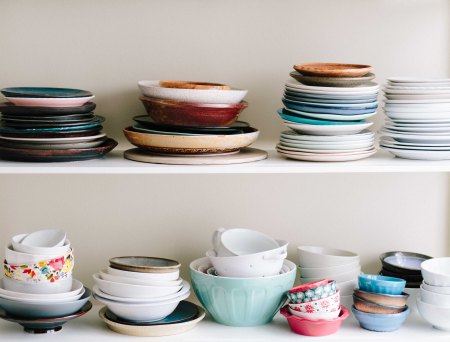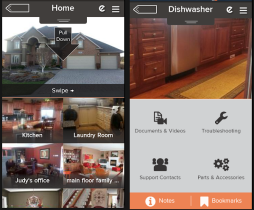With the recent disasters that have happened all around our nation, you may be feeling a little more uneasy, wondering if weather disasters will happen here next. We already know they do happen here, because they’ve happened before. It’s not a matter of if, but when.
What if you lost everything in a disaster? Would you be able to recall every plate, every spoon, every holiday decoration and piece of clothing, every knickknack or family heirloom you have in your home to file an insurance claim?
Without a home inventory, this would be the toughest memory test you’d ever face. Forgetting items could cost you in the form of a lower insurance payout.
A home inventory is a list of all your “stuff” and ideally it would include photos or video of everything along with receipts of big-ticket items, such as furniture and TVs, to show some proof that these truly did exist in your home before the disaster. After a disaster, a home inventory is a great resource because you have to describe on the claim the items damaged or destroyed. The day and weeks following this major life disruption you will most likely be under a great amount of stress. Steps you can take now will help you later, and it may even help you get more for the contents of your home. Your claim may even be processed faster.
 How to get started: Technology makes a home inventory easier than ever before. Some insurers offer free home inventory apps that let customers catalog belongings, upload receipts, add item details and create reports. Free and low-cost apps, such as Encircle for Android and iOS, are also available.
How to get started: Technology makes a home inventory easier than ever before. Some insurers offer free home inventory apps that let customers catalog belongings, upload receipts, add item details and create reports. Free and low-cost apps, such as Encircle for Android and iOS, are also available.
Make a Video: You can create an inventory on your own by taking a quick video of everything in your house, room by room.
- Take footage of items on the floors, walls and hanging from the ceiling.

- Include everything in drawers, cupboards and closets. Include the little things — photos, trophies, knickknacks and books. Nothing is too small. If it’s in your home, you most likely paid something for it, or it has sentimental value. All of it has value or you wouldn’t have it in your home.
- Narrate the video to record details, such as when and where you purchased the items as this information can help estimate cost for a claim.
- Try to also capture the make, model and serial numbers of electronic equipment and appliances.
You could take it further and create spreadsheets listing items and brands, the original price, the year purchased and an items current condition. But taking photos or video is a good place to start, especially if the thought of filling out a spreadsheet makes the task feel too hard giving you more reason to put it off and procrastinate.
An app is great for pictures and you can give a little detail or a lot of detail, you decide how much. Choose an approach that works for you.
Remember, a simple video inventory, with images of all of your stuff is better than nothing.
- Store the digital inventory in the cloud or on an external hard drive in a secure spot away from home, such as a safe deposit box.
Some people store important papers and valuables in fireproof safes, but what if there is a flood emergency and items in your home get carried away never to be found again? It’s a good idea to have the list stored in more than one place. - Try to update the inventory once a year and save digital receipts of major purchases, like new furniture or a new big screen TV.
You may find you need this receipt is helpful for other reasons, like if it stops working and you need to return an item. You will know right where to find the receipt.
What to do if you need to make an insurance claim without a home inventory?
- Mentally go through each room in the house and think of everything you can.
- Use a list of common household items to spark your memory.
- Check any photos you still have of the inside of your house, check your social media accounts or on your phone, to jog your memory.
- Ask friends and family to share photos taken in your house.
If you’re lucky enough to be spared from disaster, the time to do an inventory is sooner rather than later. Break the task down into bite-size pieces. Complete the project room by room over a month. It can seem like a big job, but it will feel like nothing compared to trying to put it together after a disaster, when everything you own is all gone.